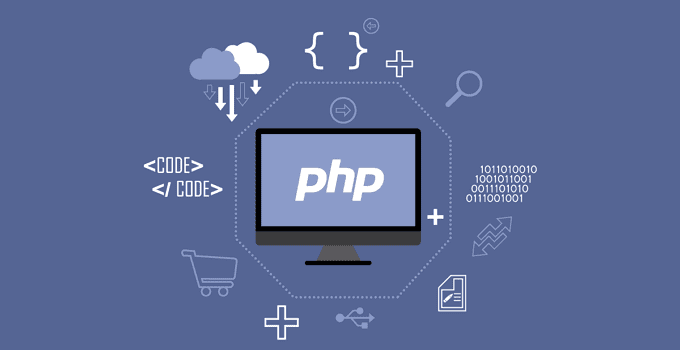PHP is a server-side scripting language designed for web development. In addition, PHP can also be used as a general programming language (wikipedia). PHP was developed in 1995 by Rasmus Lerdorf, and is now managed by The PHP Group. PHP is called a server side programming language because PHP is processed on a server computer. This is different from a client-side programming language such as JavaScript which is processed in a web browser (client).
At first PHP stands for Personal Home Page. As the name implies, PHP is used to create personal websites. Within a few years of its development, PHP has become a powerful web programming language and is not only used to create simple web pages, but also popular websites used by millions of people such as wikipedia, wordpress, joomla, etc. Currently PHP stands for PHP: Hypertext Preprocessor, an abbreviation for recursive, which is a pun where the abbreviation consists of the abbreviation itself: PHP: Hypertext Preprocessor. PHP can be used for free (free) and is Open Source. PHP is released under the PHP License, slightly different from the GNU General Public License (GPL) which is commonly used for Open Source projects.
The simplicity and popularity of PHP has become the standard for web programmers around the world. According to wikipedia as of February 2014, about 82% of the world’s web servers use PHP. PHP is also the basis of popular CMS (Content Management System) applications such as Joomla, Drupal, and WordPress. Quoted from the w3techs.com website, (accessed January 28, 2019), the following is the market share for the use of server-side programming languages for the majority of websites around the world: It can be seen from the display above that the majority of modern websites currently use PHP.
PHP Functions in Web Programming
To create web pages, PHP is not actually a programming language that must be used. We can create a website using only HTML. Web generated with HTML (and CSS) is known as a static website, where the content and web pages are fixed. In comparison, dynamic websites that can be created using PHP are websites that can adjust the appearance of content depending on the situation. Dynamic websites can also store data into a database, create pages that change according to user input, process forms, etc. For web development, PHP code is usually inserted into an HTML document. Because of this feature, PHP is also known as Scripting Language or script programming language
The need for digital IT is needed in daily activities, Bead IT Consultant is the right choice as your partner, visit our website by clicking this link: www.beadgroup.com

